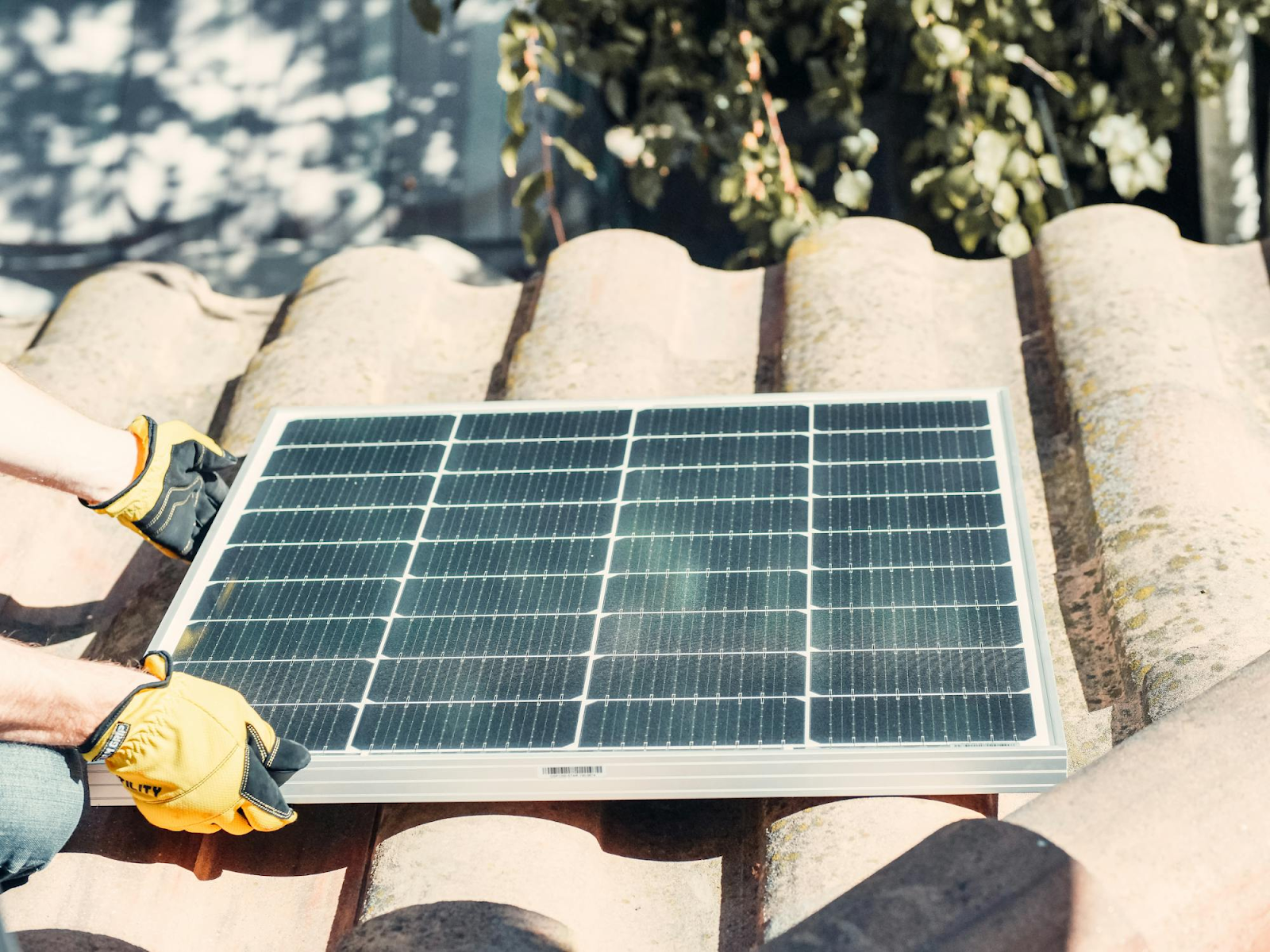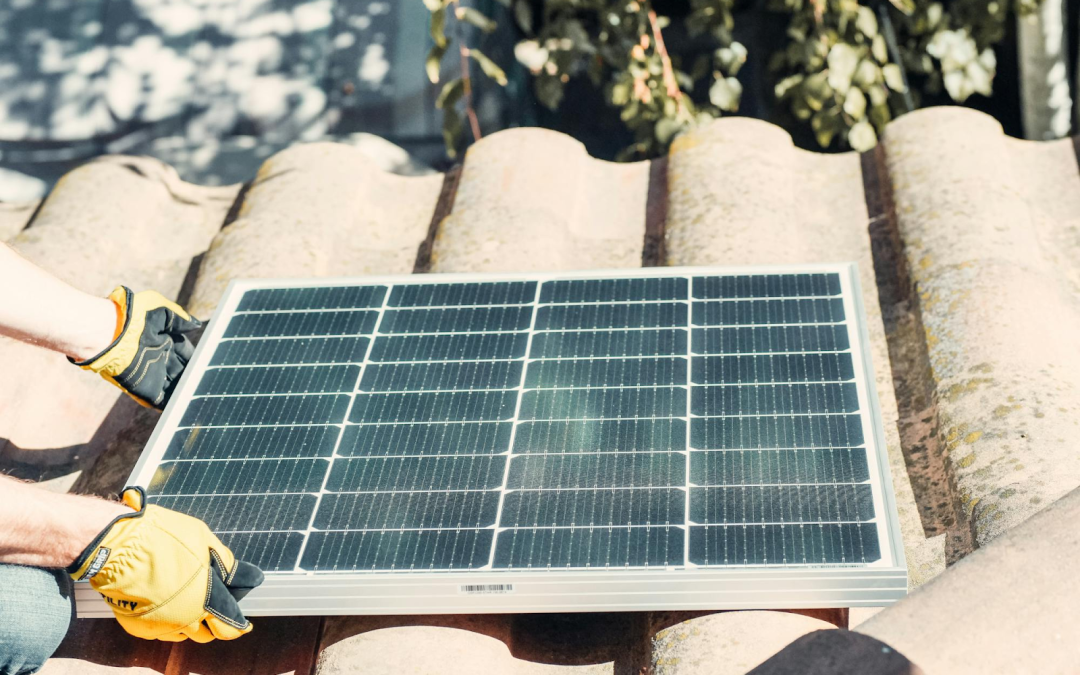Power House Home Energy | Long Island, NY
In your Long Island solar panel installation, one of the most important decisions you will face is choosing between microinverters and string inverters. Both technologies convert the DC (direct current) electricity from solar panels into AC (alternating current) for the home, but they do so in different ways.
Enphase microinverters are the superior choice with better durability and performance in variable weather and shading. Allow us to show you why.
Microinverters vs. String Inverters: How They Work
What Is a String Inverter?
- A single central inverter is installed near your electrical panel.
- Solar panels are connected in a series (or “string”), and the inverter converts all the DC electricity from the entire array into AC.
- The system operates as one unit. If one panel underperforms, the entire system is affected.
What Is a Microinverter?
- Each solar panel has its own inverter, mounted directly underneath it.
- The microinverters convert DC to AC power at the panel level, eliminating the need for a central inverter.
- Every panel operates independently, optimizing overall system performance.
Enphase is the brand of choice for the best solar companies on Long Island. It’s known for efficiency, reliability, and advanced monitoring capabilities.

Top 5 Reasons to Choose Enphase Microinverters on Long Island
1: Superior Performance in Shade
Long Island homeowners often deal with partial shading from trees, chimneys, or nearby buildings. With a string inverter system, shading on just one panel of a solar panel installation can drag down the performance of the entire system.
- Microinverters optimize each panel individually, meaning shaded panels won’t affect the output of the rest of the array.
- This leads to higher energy production over time, especially in neighborhoods with uneven sunlight exposure.
Bottom Line: If your roof has shade during any part of the day, Enphase microinverters boost efficiency.
2: Longer Lifespan & Warranty Coverage
- String inverters typically last 10-15 years. You may need a replacement before your 25-year solar panel warranty expires. String Inverter replacement can cost between $6,000- $15,000.
- Enphase microinverters have a 25-year warranty, matching the lifespan of your solar panels.
- Microinverters eliminate the central inverter, saving homeowners thousands in potential replacement costs.
Bottom Line: If you want a longer lasting and more reliable solar panel installation, Enphase microinverters are the best choice.
3: Advanced Monitoring
String inverters only provide system-wide data, meaning you can’t see the performance of individual panels.
- With Enphase microinverters, you get per-panel monitoring, allowing homeowners to track performance, detect underperforming panels, and optimize energy production.
- Enphase’s Envoy and Enlighten apps provide real-time system monitoring.
Bottom Line: If you want greater control over your solar energy production, Enphase microinverters offer the best tracking technology.
4: Enhanced Safety
String inverters operate with high-voltage DC electricity running through your roof before conversion to AC, which can pose fire risks if damaged.
- Enphase microinverters immediately convert power to AC at the panel level, reducing the risk of high-voltage DC fires.
- Enphase systems are safer, especially in extreme weather conditions.
Bottom Line: Safety is a priority for the leading solar providers in Nassau County and Suffolk County. Microinverters eliminate high-voltage risks and provide a safer solar system for your home.
5: Future Expansion & Battery Compatibility
If you plan to expand your solar panel installation later (e.g., adding more panels for an EV charger, heat pump, or home battery backup), microinverters make it simple.
- With a microinverter, you can easily add panels one at a time without reconfiguring your system. A string system requires an entire inverter replacement.
- Enphase integrates seamlessly with battery storage systems like the Enphase IQ Battery or the Tesla Powerwall.
Bottom Line: If you think you may expand your solar system or add battery storage later, Enphase microinverters provide the most flexibility.
Comparing Enphase Microinverters vs. String Inverters
| Feature | Enphase Microinverters | Traditional String Inverters |
| Shading Performance | ✔ Panels operate independently | One shaded panel lowers entire system output |
| Lifespan | ✔ 25-year warranty | 10-15 years, may require replacement |
| Monitoring | ✔ Panel-level tracking | System-wide only |
| Safety | ✔No high-voltage DC | High-voltage DC on the roof |
| System Expansion | ✔Easy to add panels later | May require new inverter |
| Battery Storage Compatibility | ✔Works seamlessly with Enphase & Tesla | May require additional equipment |
| Long-Term Value | ✔More savings over time | Less flexibility & higher replacement costs |
Final Verdict: Are Enphase Microinverters Worth It?
While Enphase microinverters have a slightly higher upfront cost than traditional string inverters, the long-term benefits are worth it.
- If your rooftop has some shade, variable sunlight, or a complex design, microinverters ensure maximum energy production.
- With their 25-year warranty, they last longer and eliminate expensive replacement costs.
- They offer better safety, easier expansion, and superior monitoring capabilities.
The best solar companies on Long Island recommend Enphase microinverters for performance, reliability, and long-term value. Talk to Power House Home Energy to plan your microinverter solar panel installation today.


